Preparing your basement for a long winter allows you to preserve a rich autumn harvest of fruits and vegetables. The main problems when arranging a cellar are the appearance of condensation, fungus, mold and rodents. To store preserved food, it is necessary to ventilate, dry and disinfect the room.
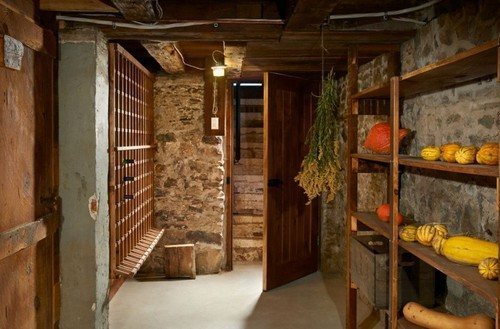
Drying
It is necessary to begin preparing the basement by drying it out. This should not be done in the heat, since the hot air will not “sink” into the depths of the cellar. Open the doors or hatch wide open. Place a heating element or infrared heater in the room. Also, in the old fashioned way, you can put buckets of smoldering coals in the cellar with the door closed. Warm air will rise and escape. The drying procedure should be repeated for 3–4 days.
When airing, take out all wooden boxes and shelves to dry. The wall material should not be moisture-permeable; this is laid during construction in the form of external waterproofing, and for internal treatment, penetrating water-repellent impregnations will be needed. The walls and ceiling should be plastered using a mortar of cement with lime and sand. This method will allow excess moisture to evaporate and disinfect the room. You can place buckets of table salt or lime in the corners so that the substances absorb excess moisture.
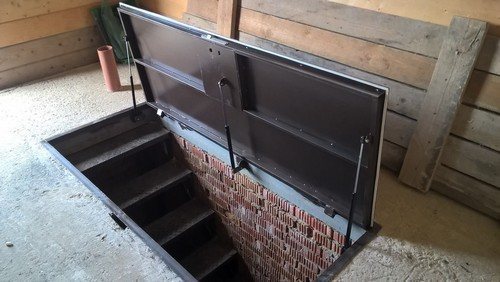
Condensate
To effectively deal with dampness, it is necessary to eliminate the cause of its occurrence.The main problem with winter storage of vegetables is drops of moisture flowing from the ceiling. Condensation appears on a cold surface only in cases where there is an unheated room or street above with a temperature lower than in the cellar.
Ventilation will help cope with condensation. It is necessary to bring two pipes of equal length outside, placing them at different levels. The first pipe takes exhaust air from under the ceiling, and the second pipe supplies fresh air to the floor from the street. At negative temperatures, humidity decreases, so the cellar will dry out faster.
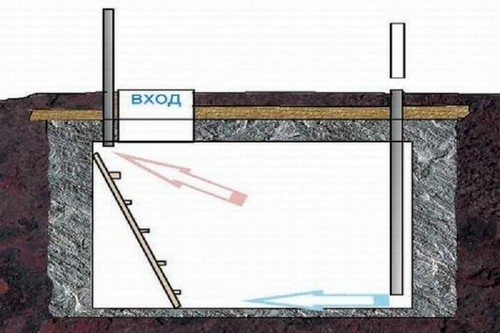
Insulation
To minimize the impact of negative temperatures on the cellar room, it is necessary to insulate the ceiling and walls in different ways:
- cover with penoplex or polystyrene foam;
- cover with expanded clay on top;
- fill with insulating polystyrene foam padding.
To eliminate sudden temperature changes between the street and the ceiling, you can upholster it with foam boards, covering the surface with waterproofing.
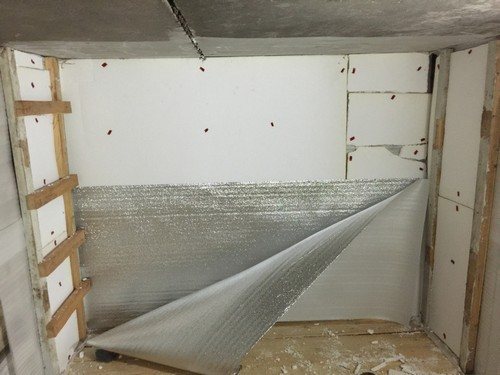
Disinfection
Disinfecting the room with all drawers, shelves and partitions minimizes the risk of mold and fights already existing fungus. If mold has formed on the surfaces, it should be cleaned with a brush and antiseptic actions should be carried out. A universal method is to apply whitewash with lime. An effective antiseptic is to extinguish the lime in buckets with water and leave it indoors overnight. Surfaces, walls and air can be treated means "Whiteness" from a spray bottle or sponge.
To dry and disinfect the floor, you need to pour a solution of copper sulfate over the floor, let it sit for 2 hours to soak, sprinkle a thin layer of lime powder on top and cover with walnut leaves.Allow the treated floor to air for about a week.
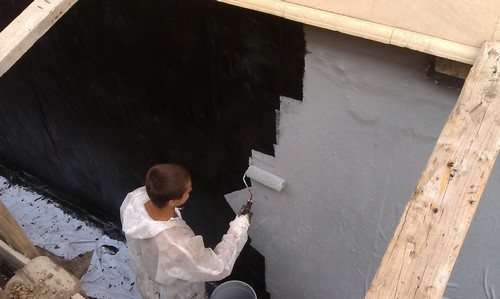
Proper ventilation, drying and disinfection of the basement normalizes the temperature and humidity of the cellar and promotes the preservation of vegetables and fruits.



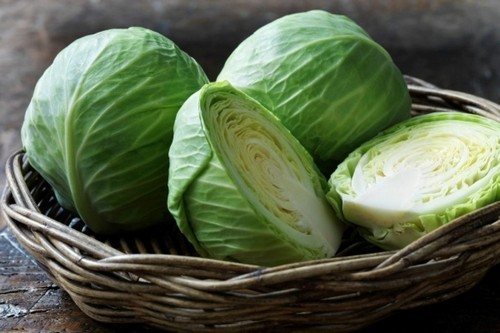
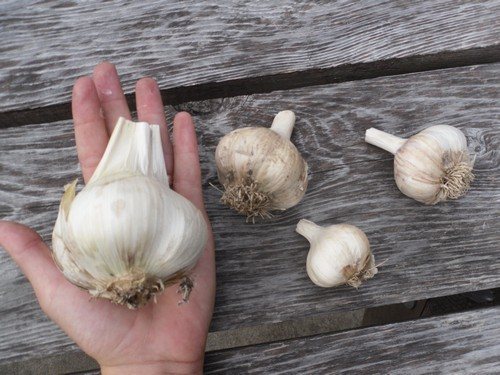


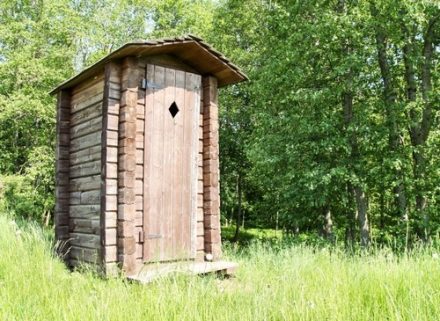
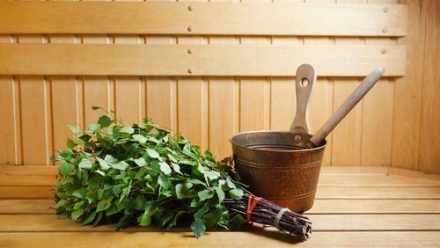
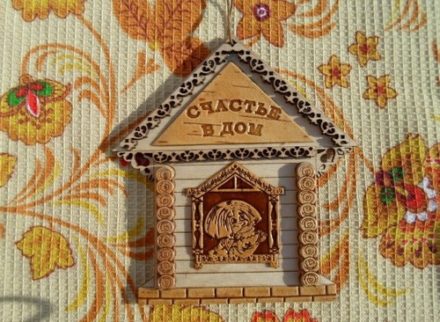
You take a shovel. You transfer half of the soil from the cellar floor (15 cm deep) onto the second half. You lay waterproofing with an overlap on the walls (regular polyethylene, etc.). You cover it with earth and do the same thing on the other side! Good luck!